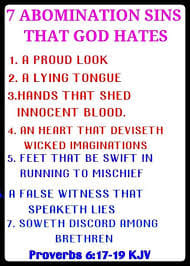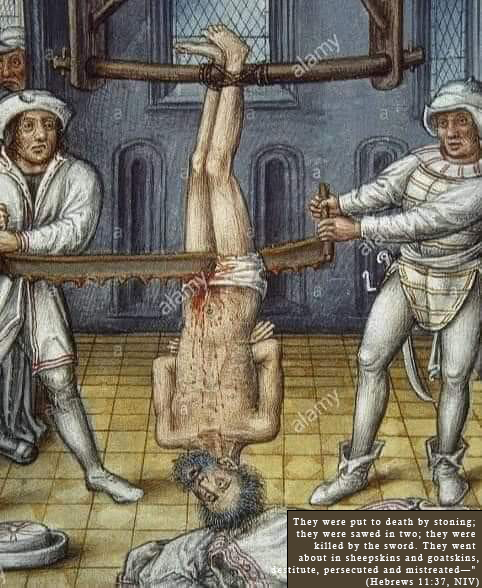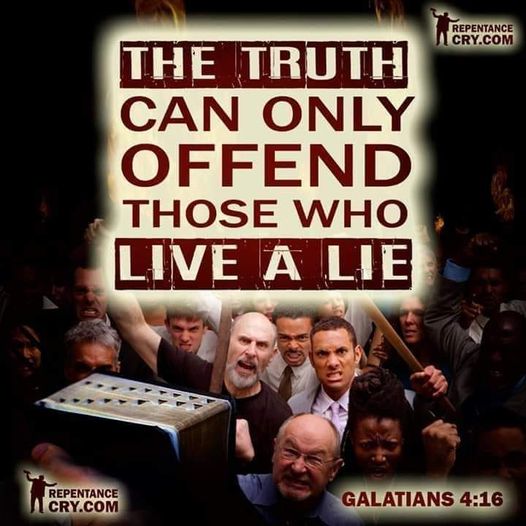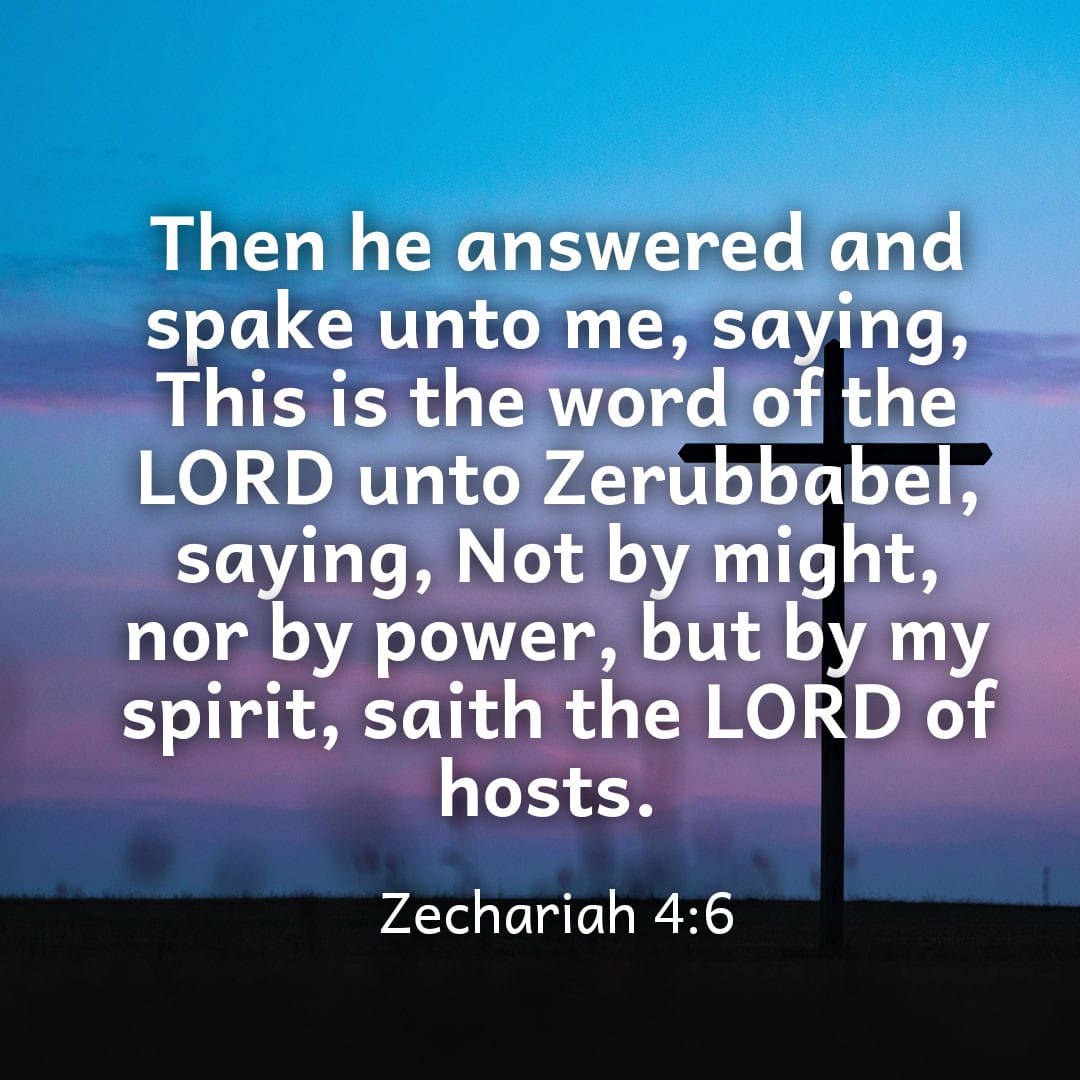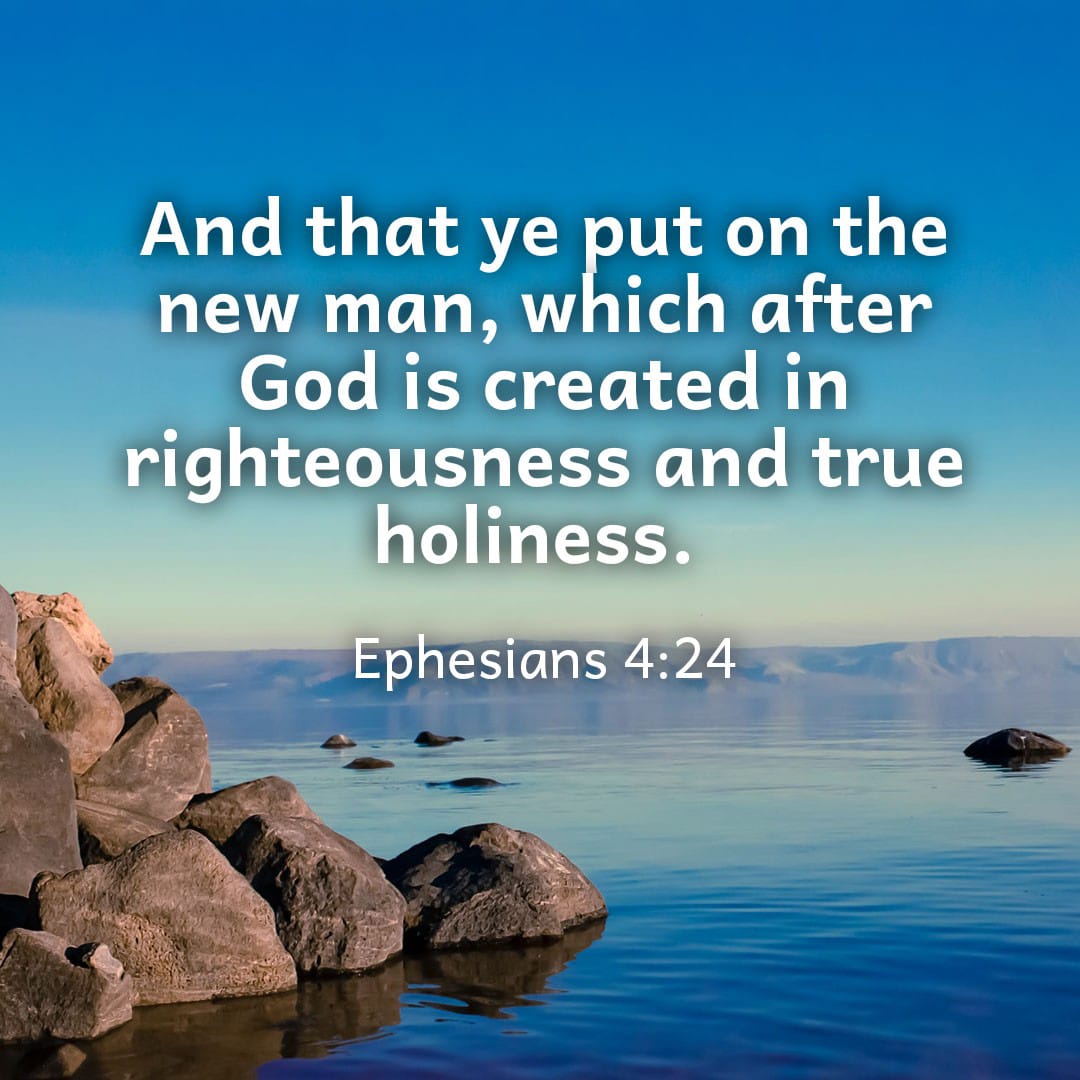The Cross – Christian or Pagan? By: Gen. Jim
Concerning the **Christian cross (CC)**, one author (1891) wrote in his *Masculine Cross* (introductory): “In the following pages certain things supposed to be of comparatively modern origin have been traced back to the remotest historic ages of the world; as a consequence,
it follows that the modern symbolic meaning given to such things is sometimes only one acquired in subsequent times, and not exactly that which was originally intended. – It must not be supposed, therefore, that the interpretation belonging to the epoch in which we are first enabled to trace a definite meaning is to be conclusively regarded as that which gave birth to the form of the symbol.”

The author is in no way belittling the **“CC”** we as Christians believe in; he is merely showing the universal prevalence of it, how the cross was honored by both **Gentile** and **Christian**.
I never believed that the **cross (ornament and symbol)** was exclusively Christian, the instrument upon which Christ was crucified. He **WAS CRUCIFIED** upon a cross (some believe it was merely a pole with no cross bar). If this is true, the whole “cross” history takes a turn, for the cross has been found universally (pictures/engravings/image/idol etc.).
My intent is not to debate this issue but to give a short **history lesson**.
“There are not a few people about who, having become imbued with this idea, rush to the hasty conclusion that wherever the cross is found, and upon whatever monuments, it indicates a connection with **(Biblical)** Christianity, and is therefore of comparatively modern origin,” the author writes.
In my research, I have found the **symbol of the cross in antiquity**, i.e., further back than the Roman era (which was used to punish victims long before Christ was hung upon one). The cross for the **Roman Catholics** still has Jesus upon it – the **crucifix**, which they press to their lips in devotion; the **Protestants’ cross** has no Jesus upon it, symbolizing Jesus has risen, not still hanging in open shame.
This is not to say the Catholics do not recognize His resurrection (He had to be taken down, put in a tomb before He arose from the dead). The Protestants view the RCC as **worshiping the dead crucified Christ**, not the risen/glorified Christ that takes away the sins of the world – whosoever believes in Christ Jesus. It is true, I believe, that the **Roman Catholic Church venerates the cross** to the point of idolatry!
**Tablet, 1853**
In the **Roman Catholic newspaper, Tablet**, November 26, 1853, we read this: “Those of our readers who have visited Rome will, doubtless, have remarked at the foot of the stairs which descend from the square of the Capitol to the square of the Compo Vaccino, under the flight of steps in front of the church of St. Joseph, and over the door of the Mamertine prison, a very ancient wooden crucifix, before which lamps and waxes tamper are constantly burning, and surrounded on all sides with **exvotos** and **testimonies** of public thanksgiving.

No image of the crucified Savior is invested with greater **veneration**… the worship yielded to the holy crucifix of Campo Vaccino is universal at Rome, and is transmitted from generation to generation. The fathers teach it to the children, and in all the misfortunes and all the trials of life the first idea is almost always to have recourse to the holy crucifix, the object of such veneration and the source of so many favors. It is, above all, in sickness that the succor of the holy image is invoked with more confidence and more eagerness…
There are few families in Rome who have not to thank the holy crucifix for some favor and some benefit… In the interval of the sermons and other public exercises of devotion the holy crucifix, exposed on the high altar in the midst of floods of light, save incessantly prostrated before it a crowd of adorers and suppliants…
As soon as the holy image of the Savior had appeared on the Forum, the Holy Father advanced on the exterior flight of steps of the church to receive it, and when the shrine had arrived at the base of the stairs of the church of San Luca, at some paces from the flight of steps on which the Holy Father stood, in **rochet**, **stole**, and **pallium** of red velvet, he bowed before the holy crucifix and venerated it devoutly.”
That my dear readers, is pure **idolatry**!! Jesus is in the hearts of His people (see Ephesians 3:16, 17/John 14:20-23). Where are we told (in Scripture) to worship the cross or crucifix?
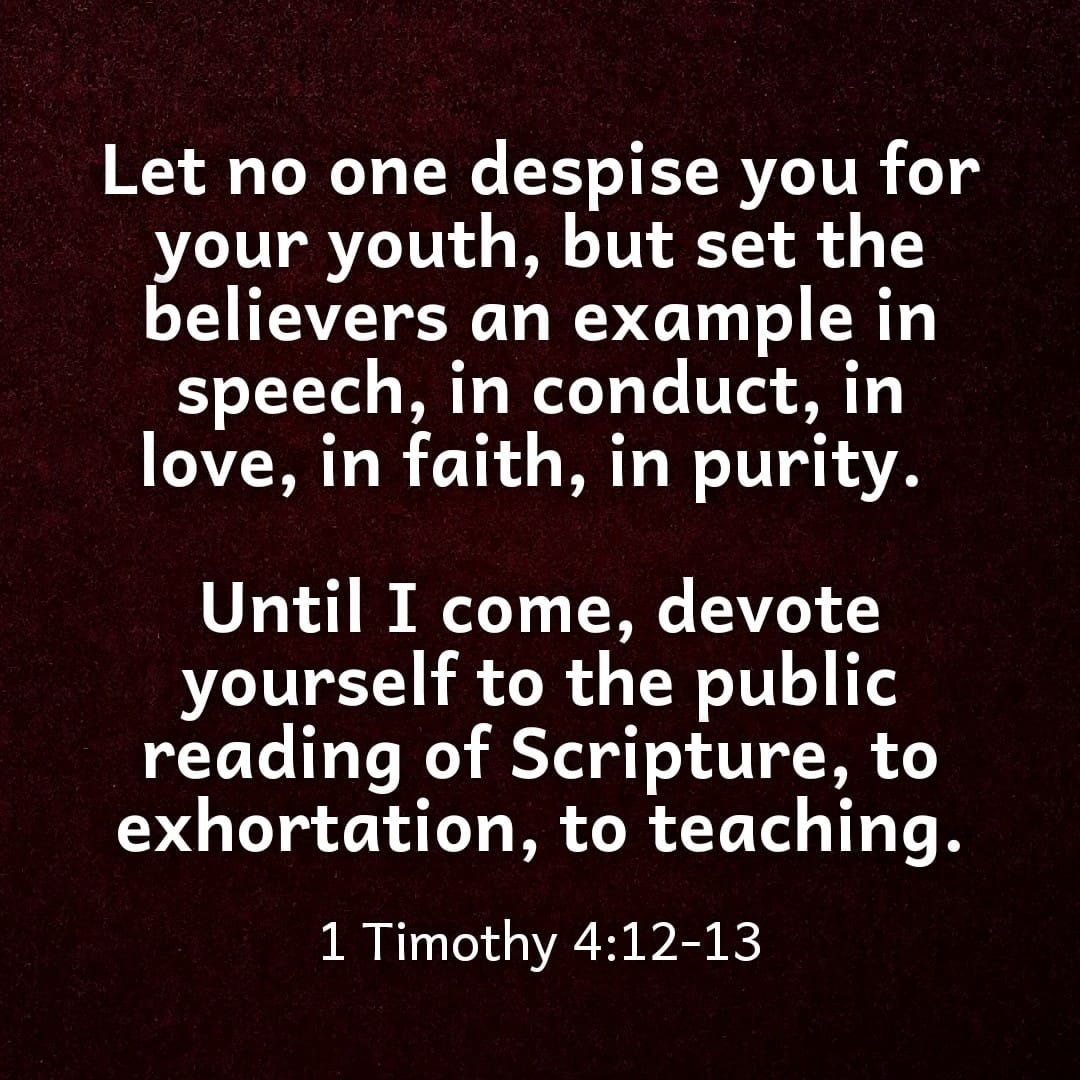
The missal’s prayer/hymn is addressed **DIRECTLY** to the cross: “We adore thy cross, O Lord, and we praise and glorify thy holy resurrection; for by the wood of the cross the whole world is filled with joy.” In mass, the following hymn is sung:
“O faithful cross, O noblest tree,
In all our woods there is none like thee.
No earthly graves, no shady bowers
Produce such leaves, such fruit, such flowers.
Sweet are the nails and sweet the wood,
Which bore a weight so sweet and good.”
“O lovely tree, whose branches bore
The royal purple of His gore,
How glorious does the body shine.
Supporting members so divine.
Hail, cross! Our hope, on thee we call
Who keep the paschal festival;
Grant to the just increase of grace,
And every sinner’s guilt efface.”
So, if one researches the **“cross,”** one will trace its origin – the transmission from one rudest form of pagan idolatry to another. Found in ancient **Egypt** and **India**, **Assyria**, **Greece**, **China**, **North/Central/South America**, **Europe** et al.
The **symbol of the cross** is very ancient. But what did it mean to those peoples, nations, tribes, tongues? (Not the single pole as some tell us Christ was hung upon). Hieroglyphics testify to the fact that the **cross has been around for centuries upon centuries**. The **Druids consecrated the sacred oak**. The best authorities on this subject (e.g., the Gaelic/Celtic **Tau**). *Celtic Researches* (book) was the symbol of the **Druidical Jupiter** (according to the “Tau”). The **IDOL** was in reality a **CROSS**. (See Dudley’s *Naology*).
From time in memorial, the **Copt Oak** borne a celebrity that bears our the tradition of its ancient sacredness. There are in the **Assyrian galleries (British Museum)** life-size effigies in stone of the kings **Sumsi-Rammanu, B.C. 825,** and **Ashurnasirpal, B.C. 880**; suspended from the necks of these monarchs and resting upon their breasts are prominently sculptured **Maltese crosses**.
In the **Roman Catholic dictionaries**, we find these ornaments described as **pectoral crosses** – crosses of metal worn at the breast by bishops and abbots. There are later crosses. On the tombs of (ancient) dead in Egypt and upon monuments, there are bedizened crosses. Long before Christ, the **Ibis** was represented with human hands/feet, holding the staff of **Isis** in one hand, and a **globe** and **cross** in the other.
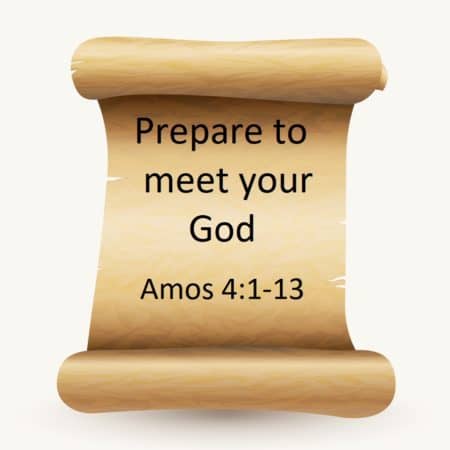
**Crosses varied in shape**. Astronomical signs of certain of the planets consist of crosses, crescents, circles: Saturn was represented by a cross surmounting a ram’s horn. Jupiter by a cross beneath a horn, Venus by a cross beneath a circle, the Earth by a cross within a circle, Mercury by a cross surmounted by a circle and crescent, and Mars by a cross above a circle. (Note: these may still be seen in old **almanacs**).
Well, I could go on and on giving **example after example of crosses**. When the Americas were discovered, crosses were already in use in North, Central, and South America. **Natives were fond of them.** The **Roman Catholic Spaniards** were surprised at the objects of the pictures of the crosses themselves.
Now I want to turn our attention to **Tertullian** (b.160-d.230), a fiery Christian writer in **Carthage**, **N. Africa** one author wrote: “The connection of the cross is with **Paganism** originally, and its ultimate assumption by the **Christian church**, is curiously and strikingly brought out by Tertullian in his *Apologetics* and *Ad Nationes*.”
I want to finish up this article with presenting quotes from early church fathers such as **Tertullian**, **Barnabas**, **Irenaeus**, **Justin Martyr**, **Cyprian**, et al. They wrote about the cross and its significance, prefigured in the Old Testament, and the shape (seen in nature and in human activities).
**Old Testament** – there is no reference to

